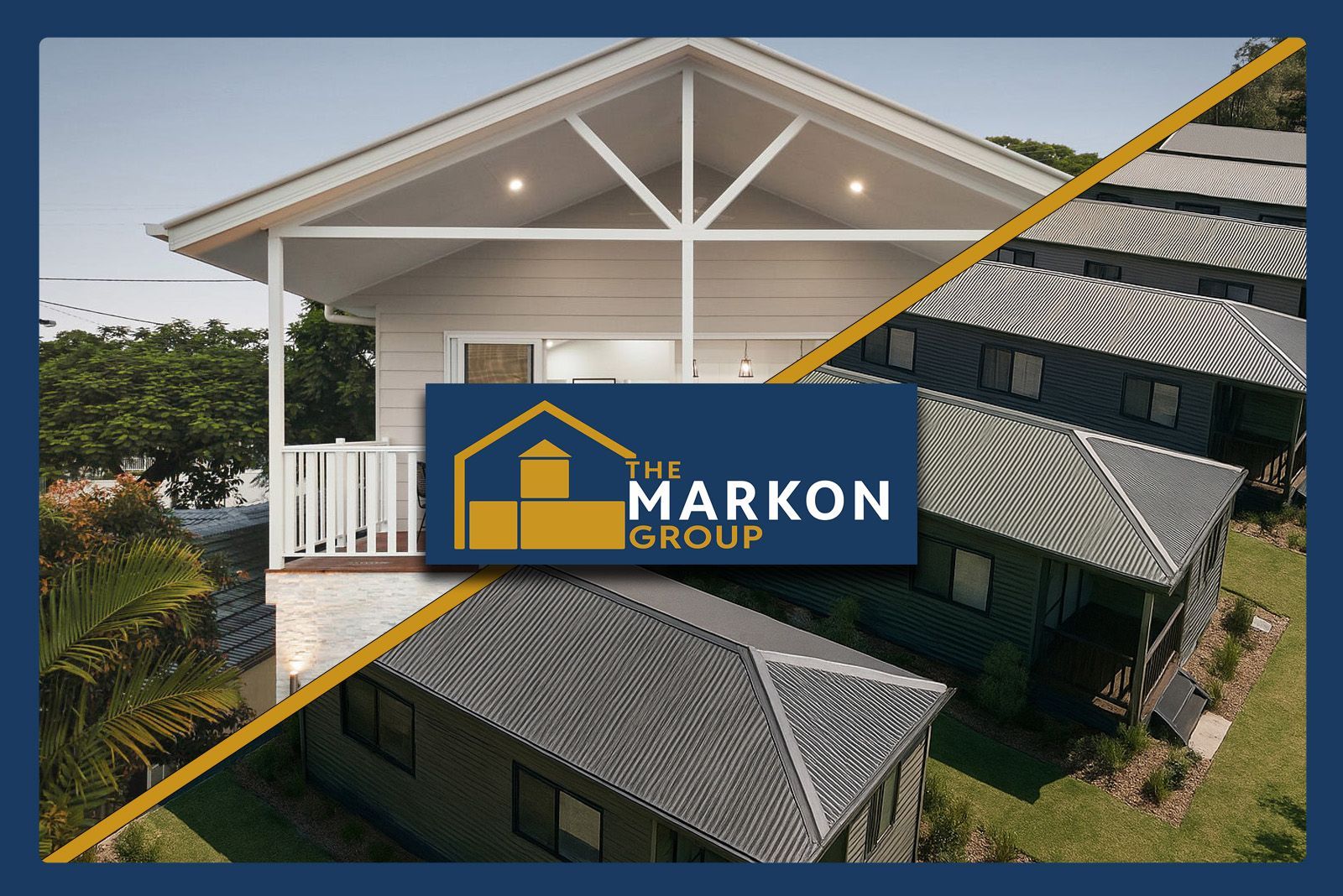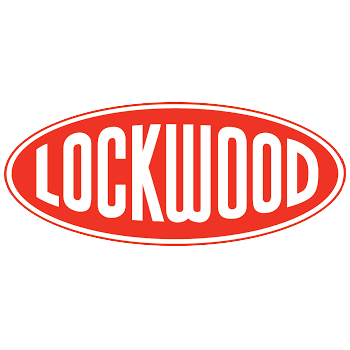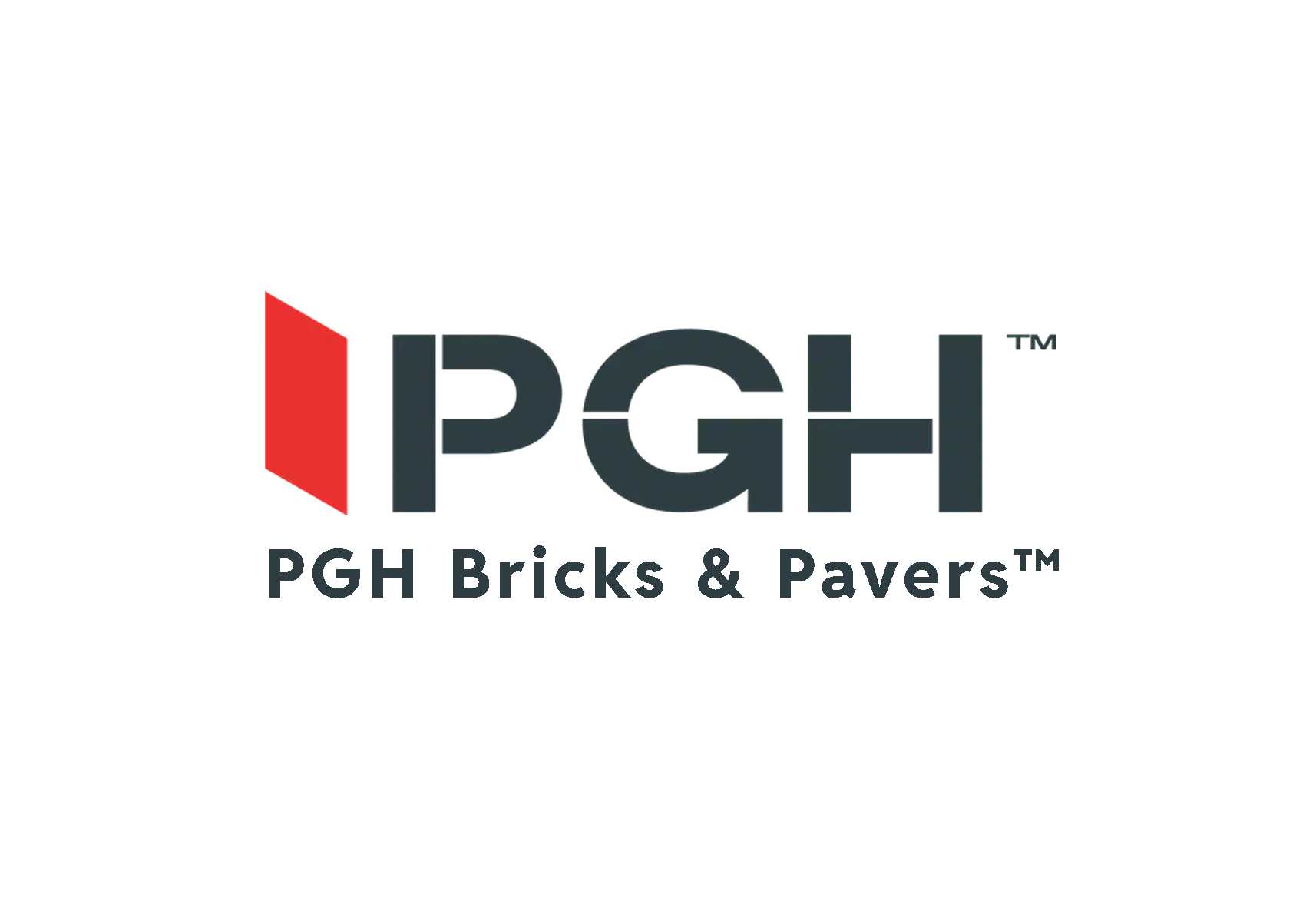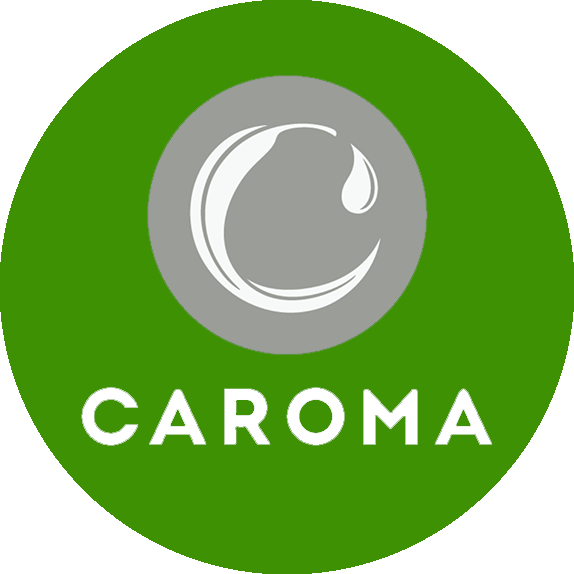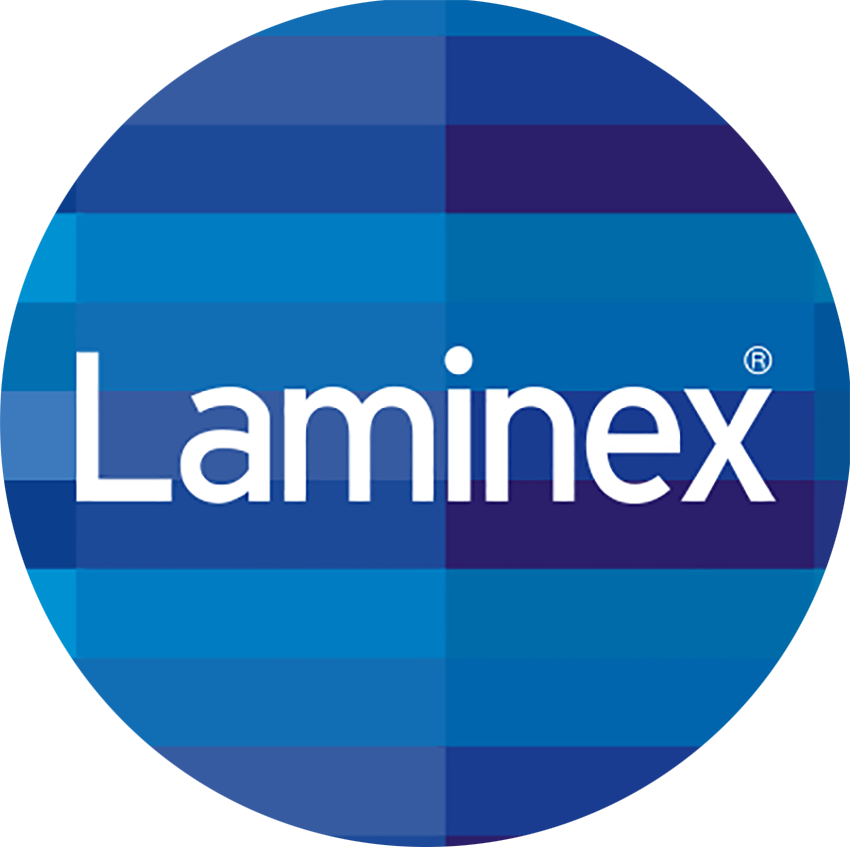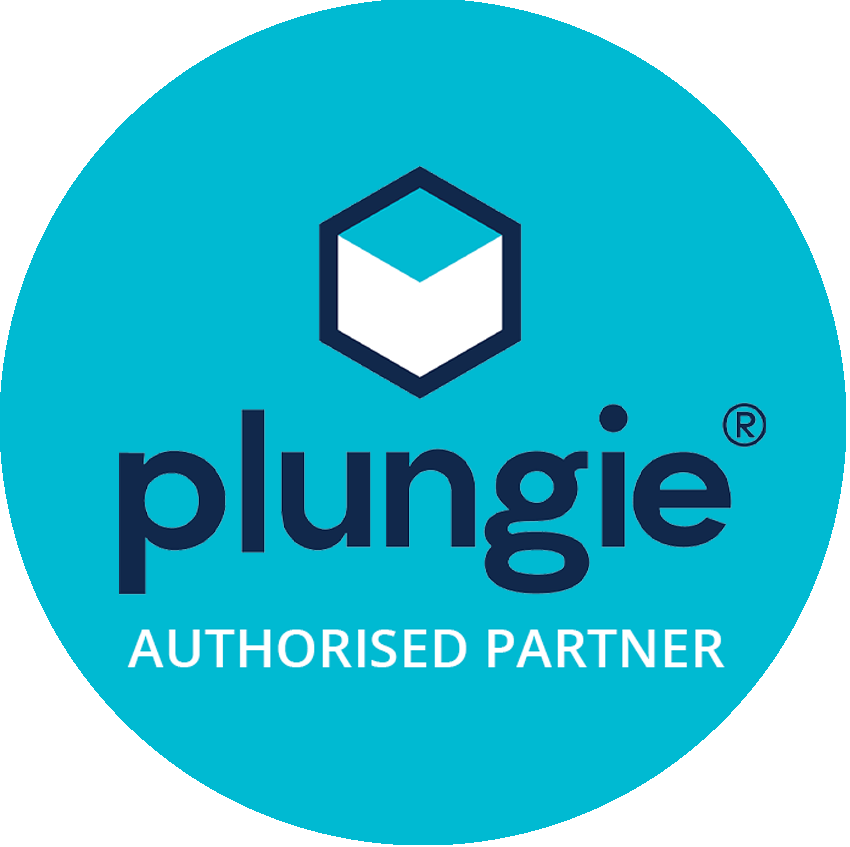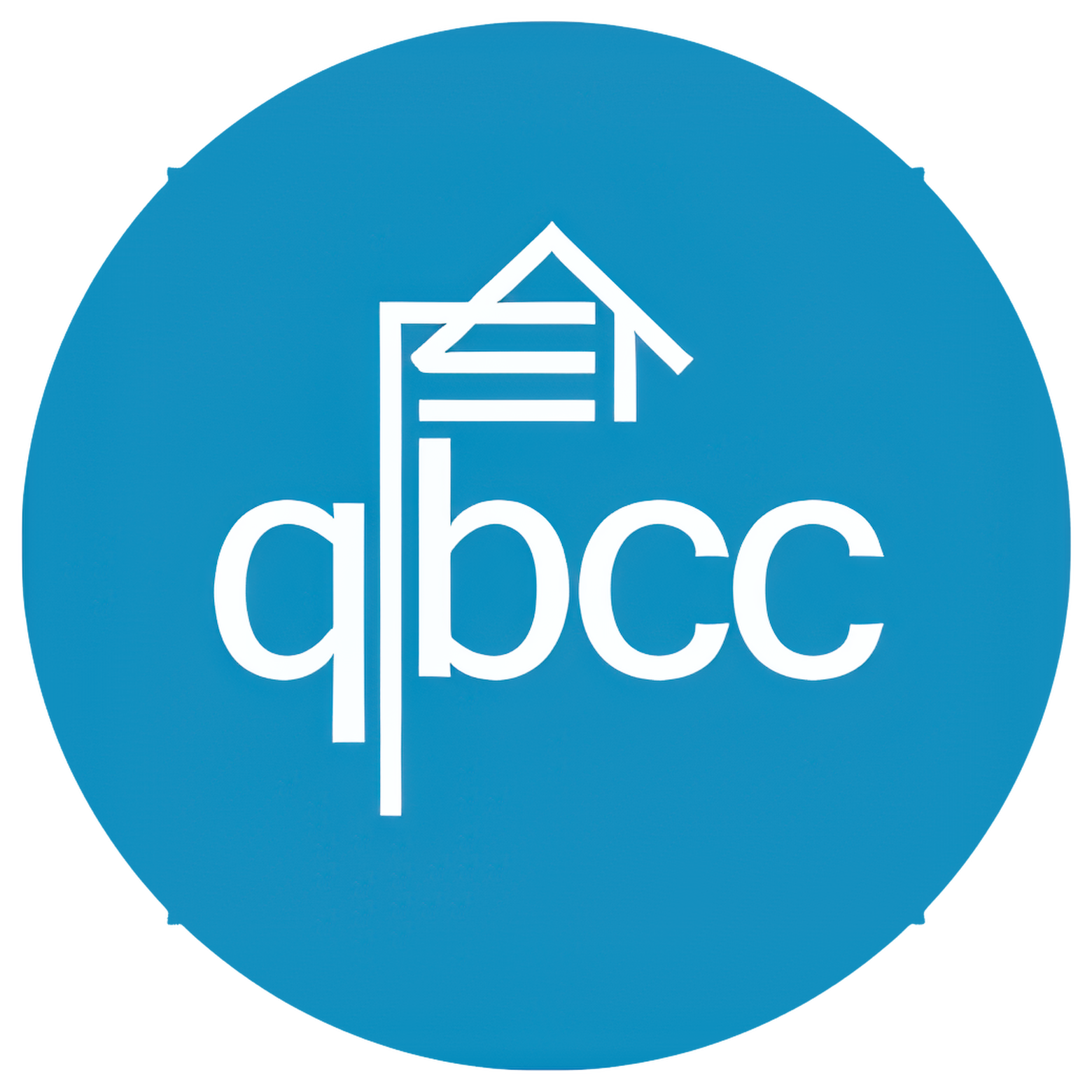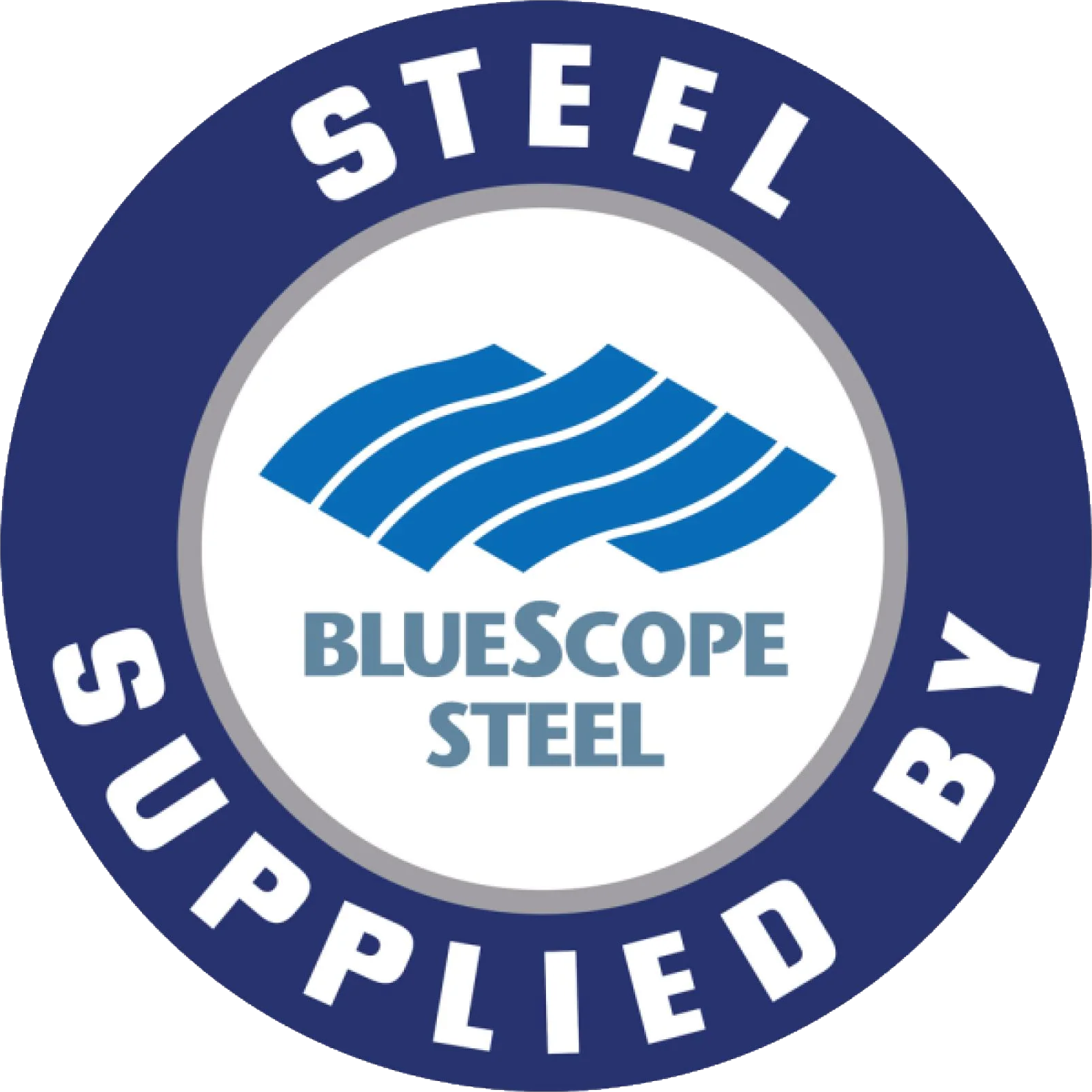Why The Markon Group Is Moving to the Biax Slab Foundation System (Stronger, Smarter, Greener)
For Brisbane and South-East Queensland homebuyers seeking a stronger slab, a tidier site, and a more sustainable build—without unnecessary complexity or hype.
If you’re planning a new home in Brisbane or across South-East Queensland, here’s welcome news: there’s a foundation system that’s smarter to install, tidier on site, and designed for strength and long-term performance—while also reducing waste. It’s called the Biax foundation system, and it’s a modern waffle-pod alternative that replaces polystyrene foam with recycled-plastic pods.
At The Markon Group, we build family homes for Queensland conditions. We’ve used traditional polystyrene waffle slabs for years because, for their time, they were a reliable, cost-effective solution. But materials evolve, our industry evolves, and so do we. Biax retains the good bits of waffle slabs (reinforced ribs in a grid that delivers strength) but solves many day-to-day headaches and environmental drawbacks that come with cutting, carting, storing, and cleaning up foam.
This article explains—in plain English—what Biax is, why we’re switching, and how it benefits you as a homebuyer in Brisbane/SEQ. You’ll see how it can help deliver a stiffer, cleaner, often more efficient slab stage and support a home that feels solid underfoot from day one.
As part of our broader commitment to smarter, future-ready building, we continue to design each slab to suit its site, work with qualified engineers and certifiers, and keep our builds practical from the ground up.
At a glance: Why Biax with The Markon Group
- Stronger-feeling, more rigid slab design that can help reduce cosmetic cracking over time
- A cleaner, tidier slab stage—no foam cutting, fewer off-cuts, and minimal wind-blown debris
- Recycled-plastic pods—less landfill, more sustainability
- Lightweight, click-together components that help speed install in many cases
- More compact storage on busy Brisbane/SEQ sites; easier logistics and fewer deliveries
- A proven waffle pod alternative designed for Australian conditions
- Each house slab engineered for your block and soil—no one-size-fits-all shortcuts
- Built by a family-run team that values craftsmanship, honest advice, and long-term performance
What is Biax? A simple explanation
If you’ve heard the term “waffle slab,” you’re already familiar with the basic idea. Think of your foundation as a concrete floor with a hidden grid of ribs—like a waffle—providing strength and stiffness. Traditional systems use polystyrene foam blocks to form the voids between these ribs. Biax uses recycled-plastic pods to create those voids instead.
- The pods sit on prepared ground in a neat grid.
- Reinforcing steel is placed as specified by the engineer.
- Concrete is poured over and around the pods to form a ribbed slab.
- When it cures, you have a strong, reinforced foundation for your home.
Why does this matter? Because that hidden grid is what gives the slab its strength and feel underfoot. Biax’s system is designed for a tighter, more consistent grid setup—helping the slab feel more rigid and reducing the cosmetic cracks that can show up later in life. The pods are engineered to nest compactly for easy transport and storage, and they “click” together for consistent spacing on site. There’s no foam cutting, which means a tidier site and fewer mess headaches.
In short, Biax is a modern take on a proven idea. It’s a waffle pod alternative that keeps the structural concept homeowners and engineers know—while improving day-to-day practicality and sustainability.
Why we’re switching now
We’ll say it upfront: traditional polystyrene waffle-pod slabs have served Brisbane and SEQ very well. They helped speed up residential building and offered a reliable way to form and pour house slabs at scale. But foam has downsides that any homeowner or site neighbour has likely seen:
- Bulk and storage challenges: Foam is bulky. On a tight suburban block, big stacks of polystyrene crowd the site and can get in the way.
- Cutting waste and mess: Foam often needs trimming or cutting, creating off-cuts and tiny beads that cling to everything.
- Wind-blown debris: Polystyrene fragments can blow around in Brisbane’s afternoon breezes or gusty summer storms, littering the street or nearby yards.
- Recycling challenges: Foam isn’t straightforward to repurpose at the volumes generated on typical residential sites.
Biax retains the good bits of a waffle slab—reinforced ribs in a grid for strength—while addressing those practical pain points. The recycled-plastic pods nest for compact delivery, click together to hold consistent spacing, and eliminate foam cutting. As builders, we see that as a win for site cleanliness, crew safety, neighbourhood tidiness, and sustainability. As a homeowner, you get a sturdily engineered slab with less waste and a cleaner build environment.
For The Markon Group, this is one more step in our broader approach to smarter building: pairing sound engineering with practical, tidy, future-ready methods we can stand behind for Brisbane/SEQ families.
Benefits for homebuyers
1) Stronger, more rigid foundation
Think of your slab like a chessboard of hidden beams. The closer and more consistent those beams are, the stiffer the floor feels. Biax is designed around a tighter, repeatable grid layout that helps reduce flex. In everyday life, that can mean:
- A more solid, quieter feel underfoot
- Fewer hairline or cosmetic cracks over time
- Better long-term performance across the home’s footprint
A quick term explained: rib spacing refers to the distance between those hidden concrete “beams.” Closer spacing generally makes the slab stiffer—just as adding extra joists to a deck makes the deck feel more solid.
Because each home is engineered for its site, your slab’s exact rib pattern and reinforcement will be tailored to soil type, loads, and design features (like step-downs for patios and garages). The big takeaway is simple: many Biax slabs feel sturdier from the start and stand up well as the house settles into its environment.
2) Cost-effective in the real world
On paper, pods are just one part of the foundation budget. On site, the system can influence time, logistics, and wasted materials. With Biax:
- Pods are lightweight and nest efficiently, often reducing deliveries.
- The click-together system and predictable grid can help speed setup.
- There’s no foam cutting, so less time spent tidying—and fewer off-cuts to handle.
- The design approach can reduce concrete volume in many cases (depending on site prep and engineering) and streamline the pour.
All up, the total-of-project picture can be very competitive. We’re careful not to overpromise—final costs always depend on your soil conditions, engineering, and design—but in many projects we see the efficiencies of Biax help offset material differences and create a smoother slab stage.
3) Cleaner, faster sites
Ask any neighbour who’s seen foam beads drifting down the street after a windy day: site tidiness matters. With Biax:
- There’s no cutting foam, so minimal mess and fewer off-cuts
- Pods are robust and designed to lock together, reducing movement during setup
- The layout stays consistent, which helps reinforcing and services placement
- Fewer lightweight bits blowing around during summer storms
For you, that means a tidier experience on your block and a more predictable slab timeline.
4) Sustainability you can see
Biax pods are made from recycled plastic and are themselves recyclable. By swapping polystyrene for a recycled, durable void-former, we reduce foam waste, avoid wind-blown debris, and support a cleaner site from day one. It’s a practical, immediate way to build more sustainably in Brisbane/SEQ without adding complexity for you or the crew.
5) Safety and logistics, simplified
Lightweight, nestable components mean easier handling and fewer deliveries—handy on tight urban sites or lots with limited access. The pods’ grippy, stackable design helps keep everything in its place, even when the weather isn’t cooperating. In Brisbane’s wet season, those small details can make a big difference to safety, productivity, and schedule predictability.
Built for Brisbane and South-East Queensland
SEQ soils are varied. Some blocks have reactive clays that swell and shrink with moisture; coastal sites can be sandy; hillside blocks can present their own drainage and movement considerations. Add in summer storms, stormwater surges, and windy afternoons—and foundations in our region need to be carefully designed and built.
Here’s how we handle this, simply and transparently:
- Site-specific engineering: Every house slab Brisbane or SEQ project we deliver is engineered for your soil, loads, and design. Biax is a foundation system QLD homeowners can adopt with confidence because the engineering comes first.
- Qualified professionals: We work with experienced structural engineers and certifiers who understand local conditions.
- Practical drainage and site prep: Good slab outcomes start with good site preparation. We focus on compaction, levels, drainage paths, and clean, consistent placement of pods and reinforcement.
- Build integrations: If your design includes step-downs for patios, a garage, a pool surround, or a future alfresco, we coordinate those details upfront so the slab stage sets you up for a smooth build later. If you’re planning a pool, we ensure glass or government-certified fencing that meets all Queensland safety requirements.
This is not engineer-speak; it’s just the right way to build in SEQ. Get the fundamentals right and the rest of the home benefits.
How Biax fits into the rest of your home
Foundations are part of a bigger story. When we choose a stronger, smarter slab system, it complements the other decisions that make a home comfortable, efficient, and long-lasting:
- Energy-smart envelopes: Pair your foundation with a white Colorbond roof and thoughtful orientation and shading to help keep interiors cooler in summer.
- Flooring choices: A more rigid slab provides a solid base beneath tiles, timber, polished concrete, or hybrid flooring—helping finishes look good for longer.
- Outdoor living: Step-downs, thresholds, and drainage are addressed in design so patios and alfrescos feel integrated from day one.
- Pools and landscaping: If you’re adding a pool now or later, we plan for compatible levels, pathways, and compliant glass fencing as part of the landscape design.
If you’re curious how Biax integrates with your specific design, our team is happy to talk through it during your design consult. You can also explore our Custom Home Design, Energy-Smart Homes, and Slab & Site Preparation resources on our website for deeper context.
FAQs
Is Biax more expensive?
It depends on the total-of-project picture. While line-item prices can vary, the system often reduces wasted materials, deliveries, and on-site fiddling. In many cases, those efficiencies help offset costs and can make the slab stage smoother overall. We’ll price your specific slab after engineering, so you’ll see clear numbers for your site and design.
Is it as strong as the old slabs?
Yes—your slab is engineered for your home’s loads and soil, just as with traditional systems. The everyday difference you may notice is stiffness: a tighter, more consistent grid can feel more solid underfoot and may help reduce cosmetic cracking over time.
Will I notice anything different in daily life?
Most homeowners say the house feels quiet and solid underfoot. Over time, you may see fewer hairline cracks in non-structural finishes compared to some conventional slabs—especially in high-sun, high-expansion areas like polished concrete. Results vary by home, but a stiffer slab generally supports a neater finish.
Is it environmentally better?
Biax pods are made from recycled plastic and are recyclable. The system eliminates foam cutting and reduces wind-blown polystyrene debris, helping keep sites and neighbourhoods cleaner. It’s a practical sustainability step you can see right from slab stage.
Does this change my build timeline?
Often, yes—in a helpful way. The pod system is designed to click together and hold consistent spacing with minimal trimming, which can make slab prep more predictable. Fewer deliveries and less tidying can also help. Weather still plays a role in SEQ, but Biax supports schedule confidence.
Can my design still do X (step-downs, patios, garages, alfrescos)?
Yes. Your slab is a bespoke engineered solution. Step-downs, thicker edge beams, garage levels, patios, and alfresco transitions are all standard parts of slab design. We coordinate these details upfront so the build proceeds smoothly.
Why choose The Markon Group for a Biax foundation in Brisbane/SEQ
- Family-run and local: We’re a South-East Queensland builder that treats every home as if it were our own.
- Experience with both systems: We understand traditional waffle slabs and Biax, so our recommendation is grounded in real-world outcomes.
- Site-specific engineering: No cookie-cutter slabs—your design and soil come first.
- Clean, careful builds: Tidy sites, thoughtful logistics, and respectful neighbours.
- Straight talk, zero hype: We’ll show you the pros, the trade-offs, and the numbers for your block—so you can decide with confidence.
Ready to build on a stronger, smarter foundation?
Book a design consult with The Markon Group to see how a Biax slab can support your future home. We build across Brisbane and South-East Queensland, and we’d love to help your family plan a home that’s sturdy, efficient, and beautifully practical—starting from the ground up.
Ask us about:
- Your site’s soil and the best foundation approach
- How Biax integrates with your floor plan, alfresco, and garage
- Energy-smart design ideas and our white Colorbond roof specification
- Pools, levels, and compliant glass fencing as part of your landscape plan
Homes by Markon—our homebuilding team within The Markon Group—can guide you from concept to keys with clear steps and open communication.
Sources & Links
- Biax — Home: Biax Foundations | 100% Recycled Void Former | Concrete ...
- Biax — FAQs: Biax — FAQs
- Biax — News: Rocking the foundations of the building industry: Rocking the foundations of the building industry
- Biax — News: Biax named one of Australia’s most innovative products: Biax named one of Australia's most innovative products
Note: Additional technical information, case studies, and product details are available via the Biax website’s Benefits, Components, and Success Stories sections.
